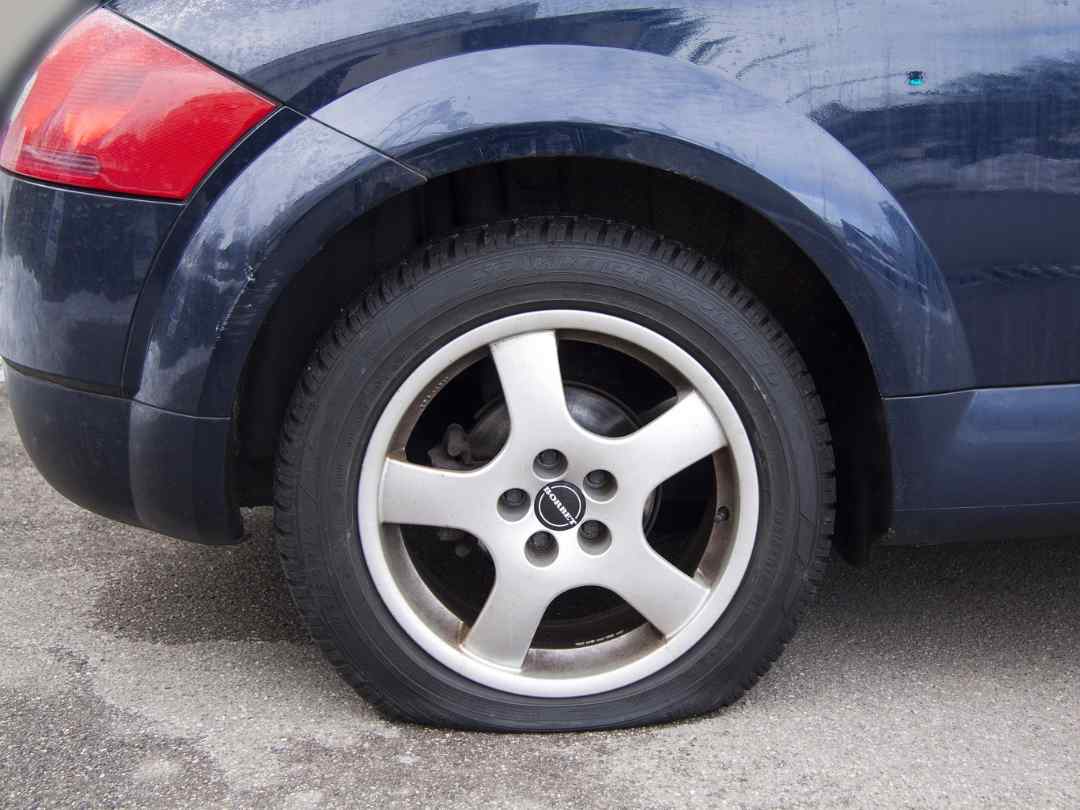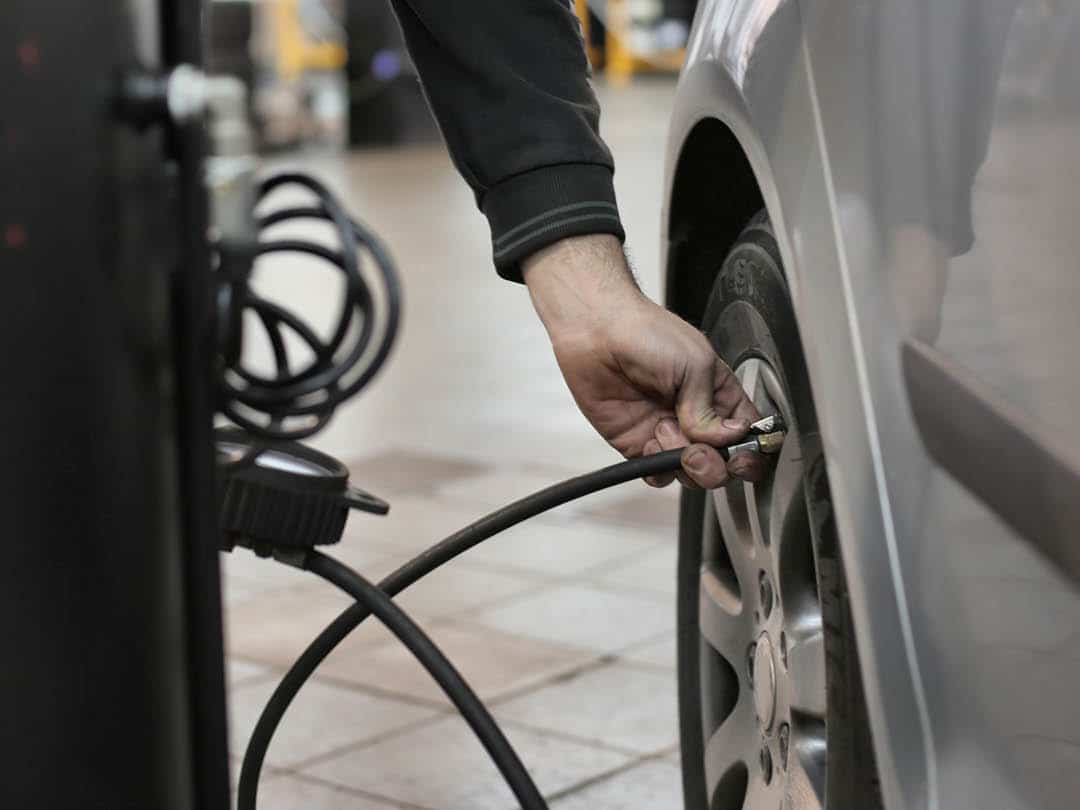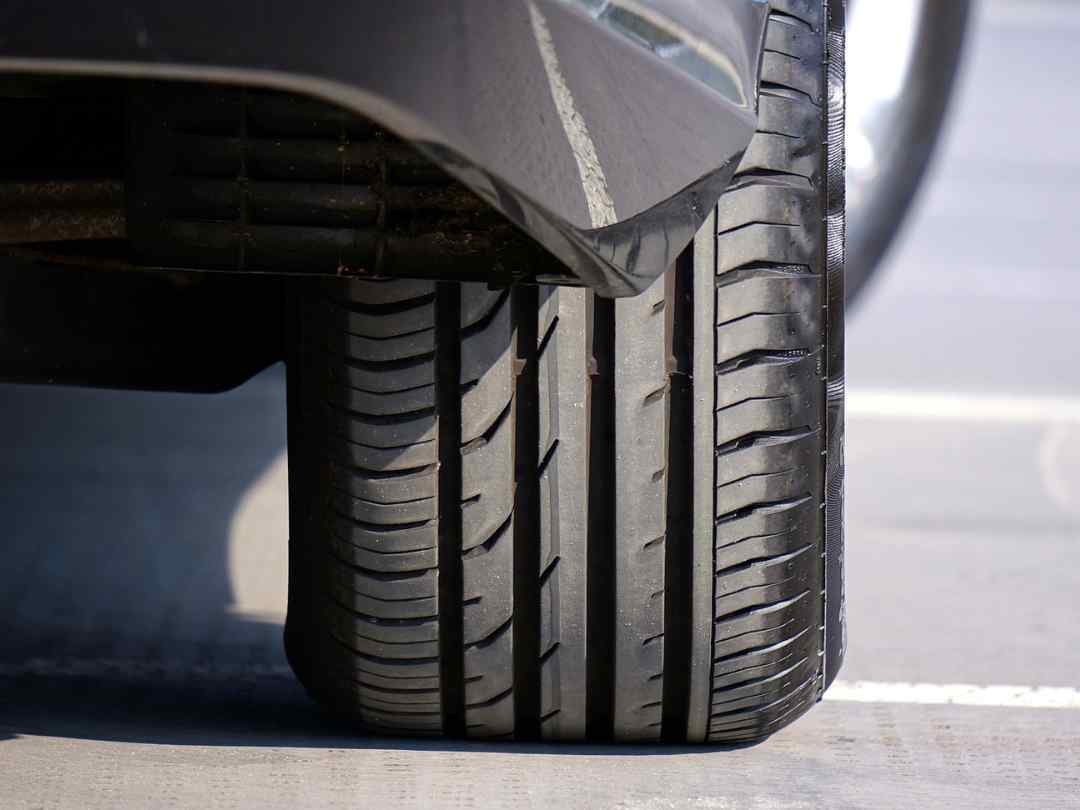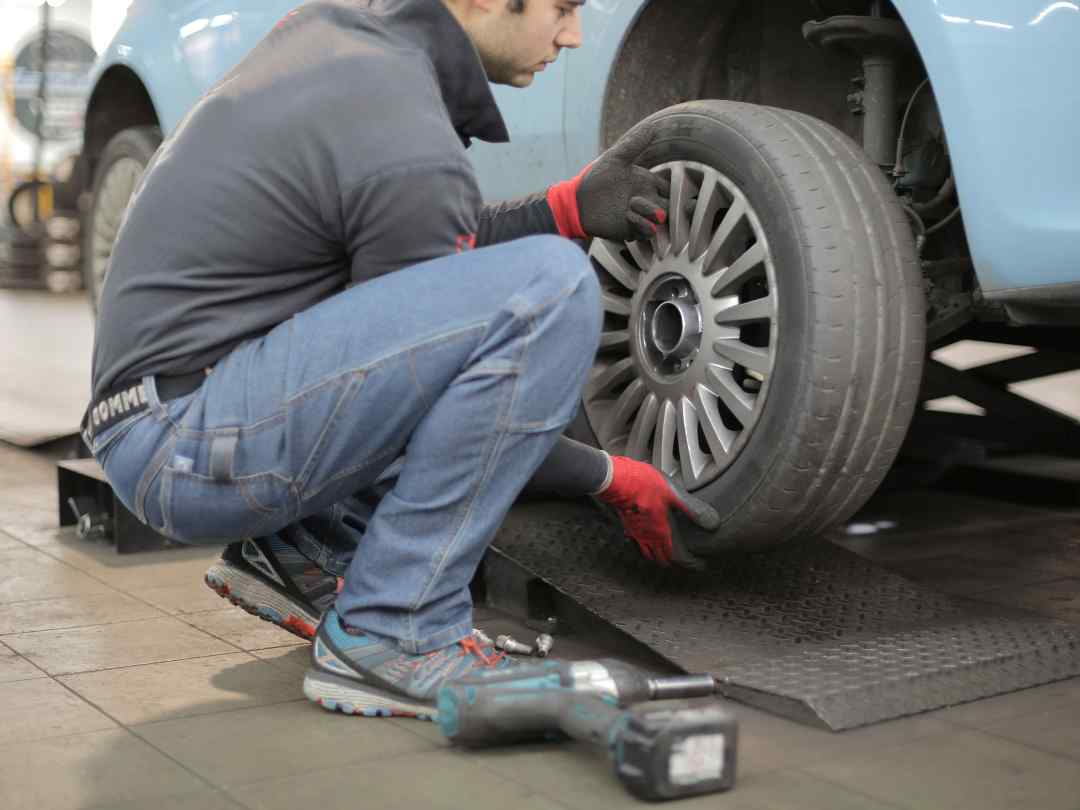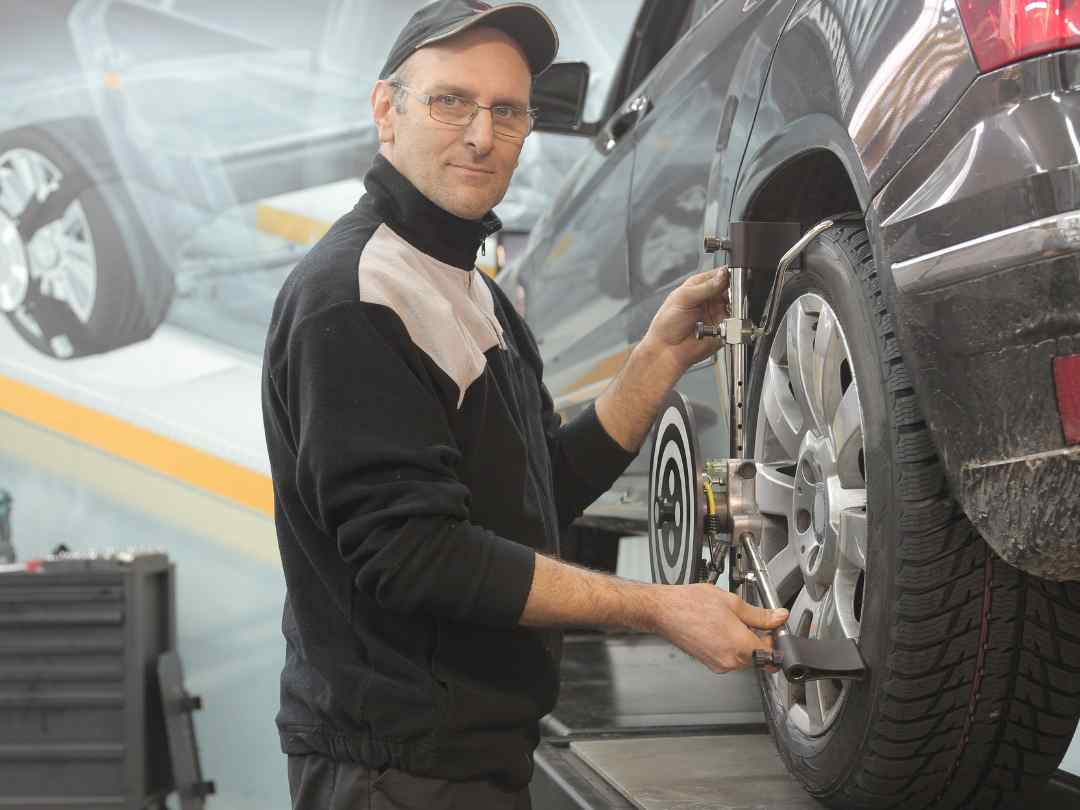Your tyres are the only point of contact between your vehicle and the road. Ensuring your tyres are in good condition at all times is key for safe driving as well as reducing your fuel consumption and reducing the risk of breakdowns.
In fact, the law in the UK requires that your tyres are in a roadworthy condition and are fit for the purpose they are being used, meaning you can face legal action if your tyres are not of an adequate condition. Are you looking for professional tyre services and wheel alignment.
Tyre pressure
Tyre pressure is a measure of how well inflated your tyres are and is key to how well your tyres are able to function, whatever the weather. It is important that you check tyre pressure regularly.
What happens if you drive when your tyre pressure is too low?
You may want to continue your journey or make it to a garage rather than call a breakdown company but driving with deflated tyres will cause your steering to be heavy and the vehicle difficult to control, meaning your car can be unsafe to drive.
What happens if you drive on over inflated tyres?
It can be tempting to overinflate your tyres in an attempt to further improve fuel efficiency or reduce future top ups but driving with over inflated tyres can be dangerous, leading to reduced control and reduced braking efficiency as well as causing uneven wear of the tyres.
When to check your tyre pressure
You will want to check your tyre pressure if:
- You notice excessive fuel consumption and reduced fuel efficiency
- You have a warning light on your dashboard from your tyre pressure monitoring system
- You notice uneven tyre wear – low tyre pressure means the outside of the tyres will wear faster than the rest
- Your tyres look visibly flatter than normal
How to find out the correct tyre pressure for your vehicle?
Before you check your tyre pressures or pump up your tyres it is important to know the exact recommended tyre pressure for your vehicle. This can be found on the inside sill of the drivers door and in the driver manual from your vehicle manufacturer.
Incorrect tyre pressure could reduce your fuel efficiency, damage your wheels or make a puncture or blowout more likely.
If you car is a front wheel drive, you may notice that your optimum tyre pressure is slightly more in the front wheels than the rear tyres. This is to account for the weight of the engine adding to the load of the front tyres.
How to check your car tyre pressure?
You can easily check your car tyre pressure using a tyre pressure gauge that you can get hold of easily online. To use it you need to remove the dust caps from your tyres, insert the gauge and wait for it to give you a reading.
You also check you have the correct tyre pressures at most petrol stations using their air pump although you may have to pay. The method for doing this is the same as it would be when pumping up your tyres (see below.
How to pump up your tyres?
- Take your car to any petrol station that has an air pump.
- Unscrew the dust caps from each tyre and keep them somewhere safe.
- Set the air pump to the required pressure, ensuring you have it correctly on either pounds per square inch (PSI) or Bar pressure (the machine should have an option to easily switch between these).
- Connect the end of the air pump with the valve stem on your tyres. The initial reading will tell you your current tyre pressure.
- Wait for the machine to beep, signalling that your tyres are now at the desired pressure, before moving on to the next tyre.
- Change the pressure on the machine between pumping your front and rear tyres to ensure all tyres have the optimum tyre pressure.
- Replace the air pump then replace the dust caps on your inflated tyres. Your hands may need a wipe before you get back in your car depending on how dirty your wheels are!
You may want to invest in your own air compressor to keep in your car, there are plenty widely available that plug into the 12V socket in your car. These can be really handy if you get a puncture and need to top up your car tyres air pressure in order to get you to the garage and get a replacement tyre fitted.
Tyre tread and tyre wear
How to test your tyre tread depth?
The easiest way to check your tyre tread wear is using a 20p piece. The lip around the 20p piece is 2mm, just over the 1.6mm legal limit.
Slot the 20p piece in the main channels at various points over your tyres, if you can see any portion of the edge of the 20p piece then you need to get your tyres replaced as soon as possible. If the edge of the 20p piece is completely hidden by the tread then you know that your tyres have adequate tread depth.
Although you should check tyre condition regularly, your tyre tread will be checked as part of your annual MOT test so you will be advised by your technician if you need new tyres.
How to check your tyres for wear?
Give your tyres a visual once over once a week wherever possible. Look for any cracks, splits or bulges in the tyre and check that the tyres aren’t wearing unevenly. If you are unsure what you are looking for, one of our trust team at Peverell Garage will be able to help.
When to replace your tyres?
According to the manufacturers, a front tyre can last up to 20,000 miles and rear tyres up to 40,000 miles. In reality there is likely going to be a reason before this that you will need to replace one or more of your tyres.
You should replace your tyres as soon as possible if you notice any of the following things:
- A puncture, punctures may be repairable if they occur on the central portion of the tyre, but punctures towards the outside or on the sidewall are irreparable and will require a new tyre
- Insufficient tyre tread depth
- Any damage to your tyres such as cracks, bulges or blisters
- Uneven wear to your tyres
- They are over 10 years old from the date of manufacture (although they should be inspected by a professional at 5 years old, the age can be seen on the tyre wall as a 4-digit code where the first two numbers are the week of the year and the second two number the year of manufacture)
A tyre replacement is a quick and easy process when carried out by a trained technician with the correct kit, you can always contact our trusted team at Peverell Garage if you need a tyre replacement.
Wheel alignment
Uneven tyre wear can be caused by low tyre pressures but also by issues with wheel alignment. In order to work effectively, all four tyres need to be precisely facing forward when your vehicle is driving in a straight line, this is your wheel alignment and it is predominantly associated with your suspension system.
Misalignment of wheels often occurs from hitting potholes or curbs or other sudden jarring impacts, general wear and tear and adjusting the ride height without adjusting the suspension. Misaligned wheels can wreak havoc with your car’s handling and its ability to turn in either direction and stay in a straight line.
How to align the wheels on your car?
Wheel alignment is a job best carried out by a trained technician with the proper equipment so give us a call at Peverell Garage if you need any help with wheel alignment as well as all your tyre issues.
